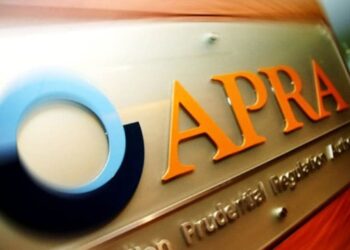In unprecedented times like the COVID-19 pandemic a governance structure that is flexible will allow superannuation funds to respond better, according to a panel.
Speaking at on an online Conference of Major Superannuation Funds (CMSF) session, State Super (SAS Trustee Corporation) chief executive, John Livanas, said governance risk could create its own set of problems in the current environment.
Livanas said compliance that had a very limited set of backwards-looking requirements could create risk on a forward-looking basis by constraining people from having the ability to respond.
“Typically, in situations like this [COVID-19] what you want is maximum degrees of freedom as constraining people artificially based on some historical premise is certainly most unhelpful,” he said.
He said State Super wanted to give employees “as much structure within a structure that could be unstructured”.
“We had significant areas or ranges which the investments people could move and we did pretty well in manging those range,” he said.
“But in order to do that we needed a governance structure that was recorded and had a logical set of parameters that went through an organised discussion to create a decision.”
Livanas said once the decision was made the fund was able to immediately take action.
“We’ve been able to move that flexibility to our benefit and respond really quickly. In terms of risk to the organisation, we make sure people know their capacity to move – that their degree of freedom has also expanded,” he said.
“So, decision making authority levels all have been increased. Knowing that at the end of the day you’re running the business with equal limits rather than a business with processes.”
He noted that this kind of governance structure along with working remotely had allowed for greater productivity since the start of the COVID-19 pandemic.
“We’ve moved to an emergency management investment committee meeting every day for half an hour. In that timeframe we look at liquidity, operations issues, and how the portfolio is positioned. Within in 30 minutes we make a decision to do something or nothing,” he said.
“Nothing more complicated than that and it’s amazing the level of conversation that takes place. If you’ve got good people you’re able to have an incredible set of thoughts. This governance structure works for us.”




